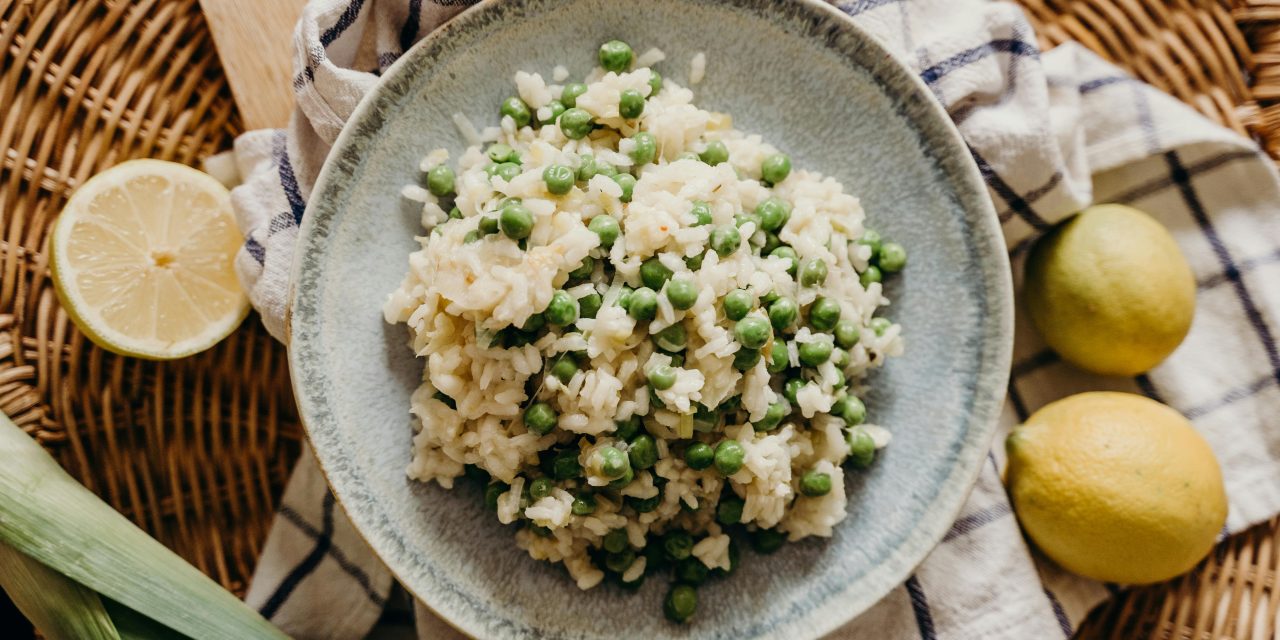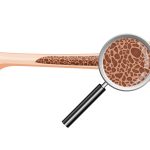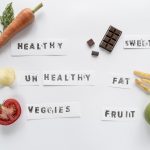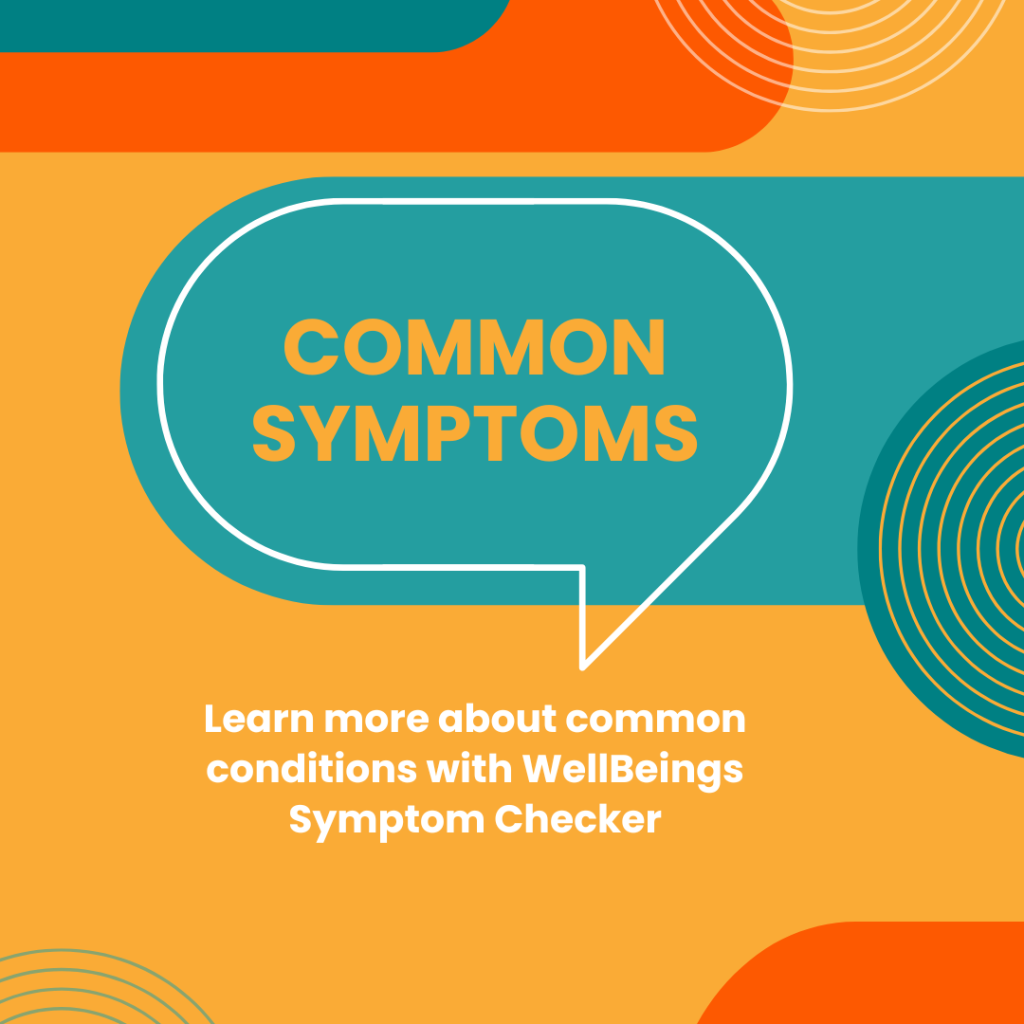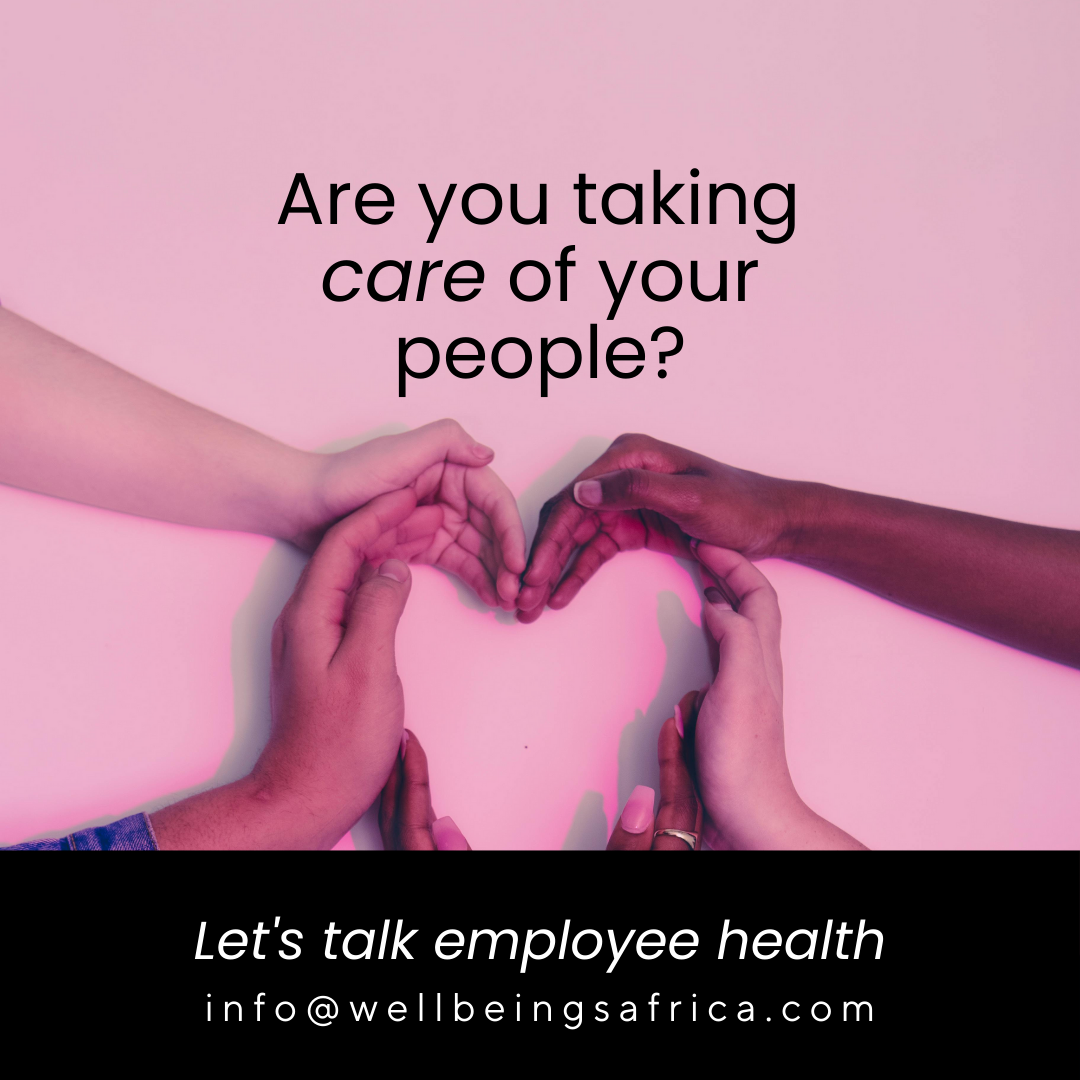Let’s understand more about hidden calories and portion control when it comes to weight loss
Maybe you’re dieting and not losing weight. Perhaps you’re constantly bloated, uncomfortable, and suffer with indigestion after a meal, and you’re not sure why.
After all, you’re filling up on all the right foods, so what’s the problem? It could be how much you’re eating.
Quick Read:
- Don’t discount beverage calories! Smoothies, lattes, and fruit juices can quickly rack up a high calorie count.
- A simple portion control technique is to use smaller plates for your meals.
- Pay attention to your body’s satiety cues, and stop eating as soon as you’re full.
Understanding portion control
Portion control can be confusing, especially when it comes to fast food and convenience meals. Think about most of the meals served at the drive-through or takeaways. Chances are, you’re always left with extra, right?
As food has become more expensive, portion sizes also vary widely. Even “kids meals” these days often exceed normal ranges.
Now, when it comes to weight loss, keeping an eye on how much you actually put on your plate is just as important as what’s on it. By learning to recognise true portion sizes – and resisting the temptation to supersize your meals – you can banish hundreds of hidden calories without giving up your favourite foods.
A simple rule of thumb is to aim for palm‑sized servings of protein, fist‑sized portions of carbs, and at least half your plate should be piled high with vegetables. Keep this in mind as an easy way to shrink your overall intake and stretch your grocery budget at the same time.
So, how much am I supposed to be eating?
Depending on your height, weight, and gender, there could be different requirements, but general guidelines apply to most. Approximately, these are the sizes you should be plating up:
¼ of your plate: protein (chicken/fish/meat)
½ of your plate: vegetables
¼ of your plate: complex carbs (wholegrain bread/rice etc.)
1 teaspoon: healthy oils per meal/plate
Compare these averages to your current eating habits. Do those sizes match up? Is your plate more or less balanced?
If the answer is no (and don’t worry, most people will fall into this category), here are a few tips to learn portion control. Remember also, with childhood obesity and diabetes on the rise, portion control is a good lifestyle tip to introduce to your developing children.
Start here for better portion control
One of the perks of eating out: leftovers! Make it a habit to leave at least half of your plate uneaten when dining out. Take home the rest and your tummy will thank you for the smaller portion to digest.
You may want to immediately go for the chicken, meat, or potatoes, but eating your salad first will probably fill you up faster. This way, you’re getting your essential nutrients from vegetables, and there’s less chance of bingeing on fattier food.
It’s important to see what you’re eating so you’re more mindful of portion sizes. Eating straight from a takeaway container (often while watching TV) can lead to bingeing. Before you know it, the entire container is empty, and you’ve consumed a lot of empty calories. If you’ve ordered takeaways, dish them out into your usual plates and you may be surprised at how much more disciplined you feel.
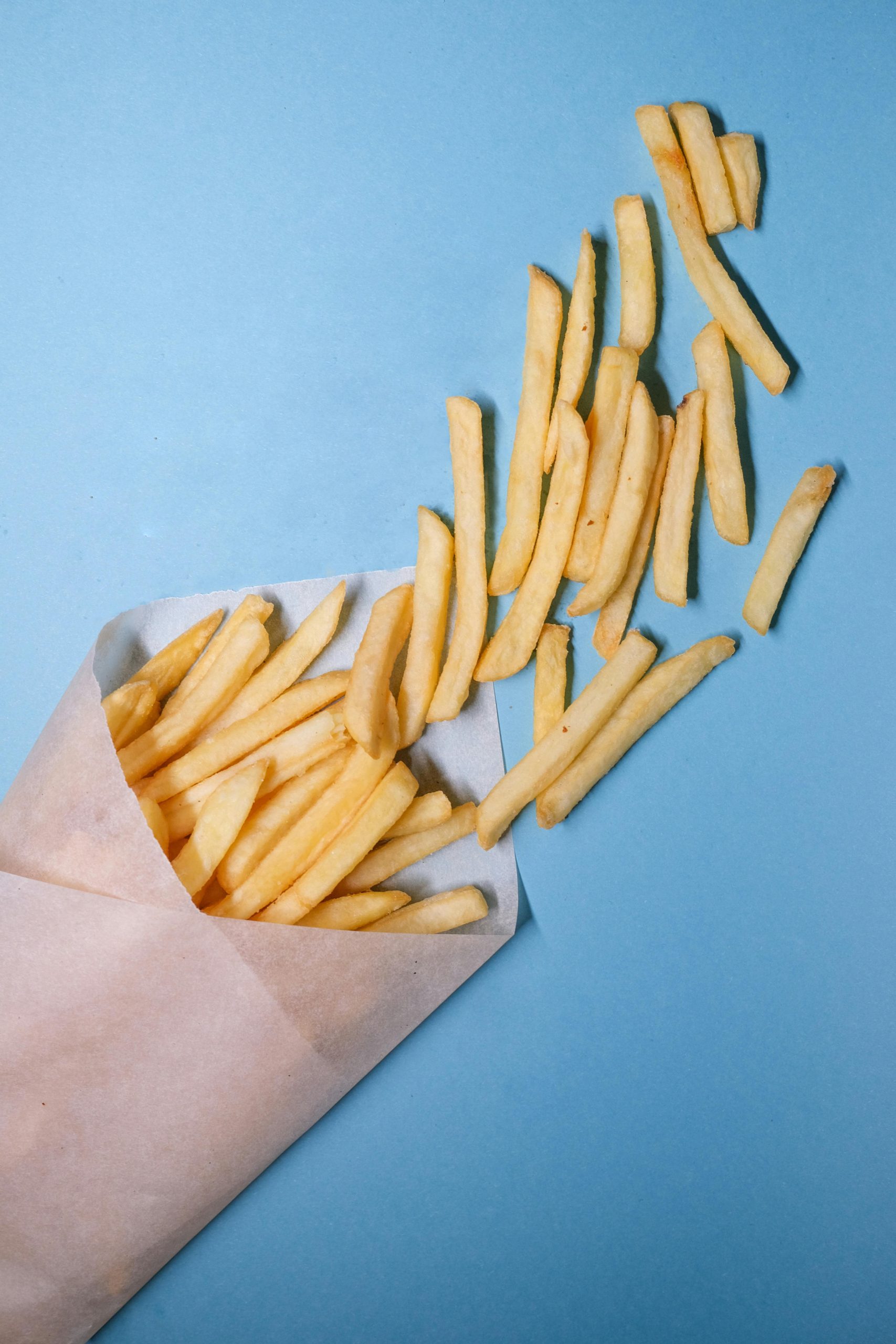
- It’s fun to just throw in handfuls of this and spoonfuls of that when you’re cooking. Experimenting in the kitchen can be creative – but not really helpful to healthy eating. Portion sizes in recipes are there for a reason, to balance the ingredients and ensure everything comes together nicely.
- Rather than taking the whole bag of chips to the lounge to settle in for your favourite show, portion out your snacks for the night. You don’t have to deprive yourself, just leave half for tomorrow. This way, you get your treats without excessive calories and late-night indigestion.
- Before you dive into your supper, drink a glass of water first. (Handy tip for all mealtimes). We often mistake hunger for thirst, so check that you’re not just thirsty first.
- It’s tempting to overcook so you “have enough for tomorrow”, but if you tend to overeat, extra food could be a temptation you don’t need. Unless you can freeze the extras right away, make just enough for the day.
Remember: weight loss should never be a quick fix journey. Invest in your overall health, choose healthier foods more often, exercise regularly, and take the time to understand the ingredients in foods. Reading food labels is a great way to learn more about additives, excess sugar and sodium, and other preservatives.
Images: Pexels

